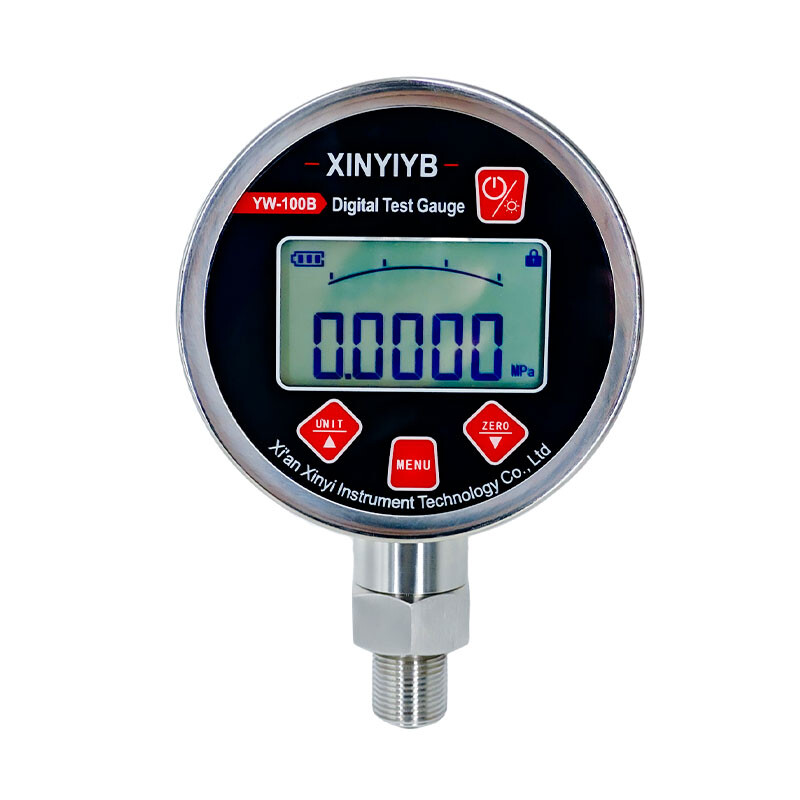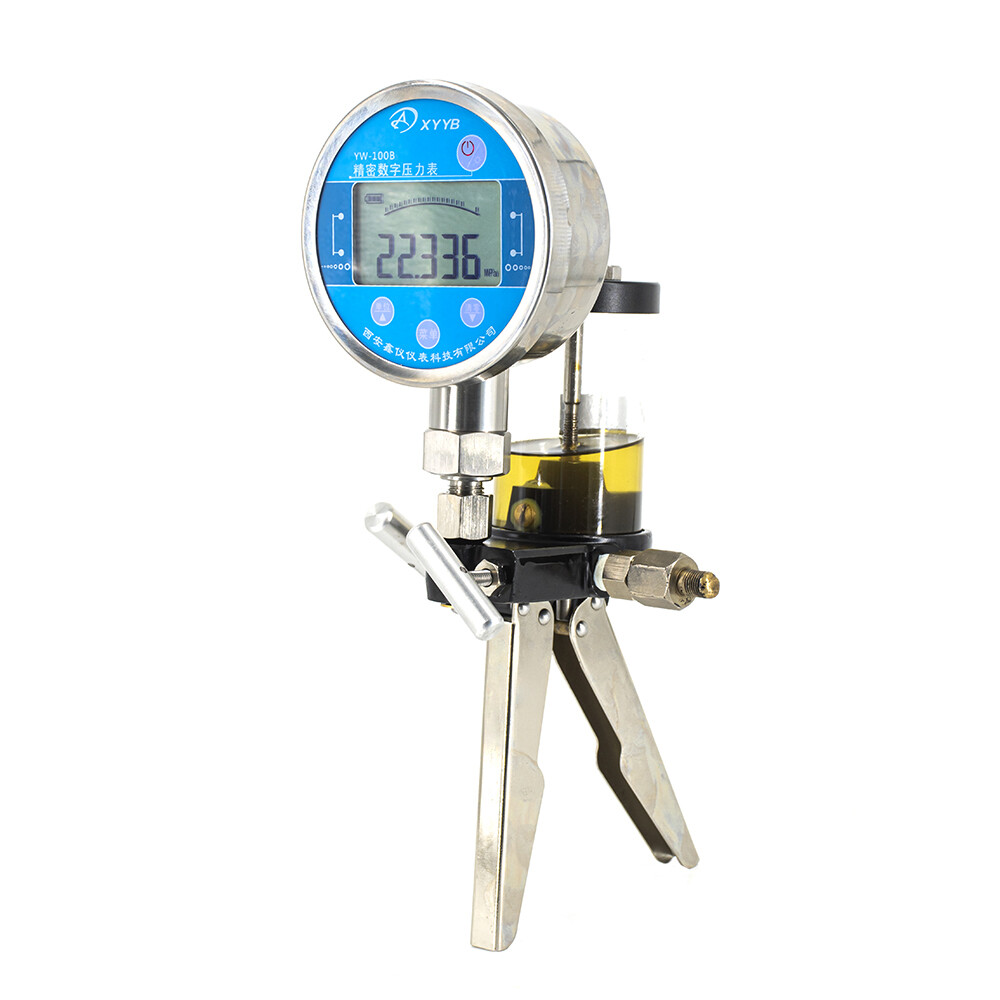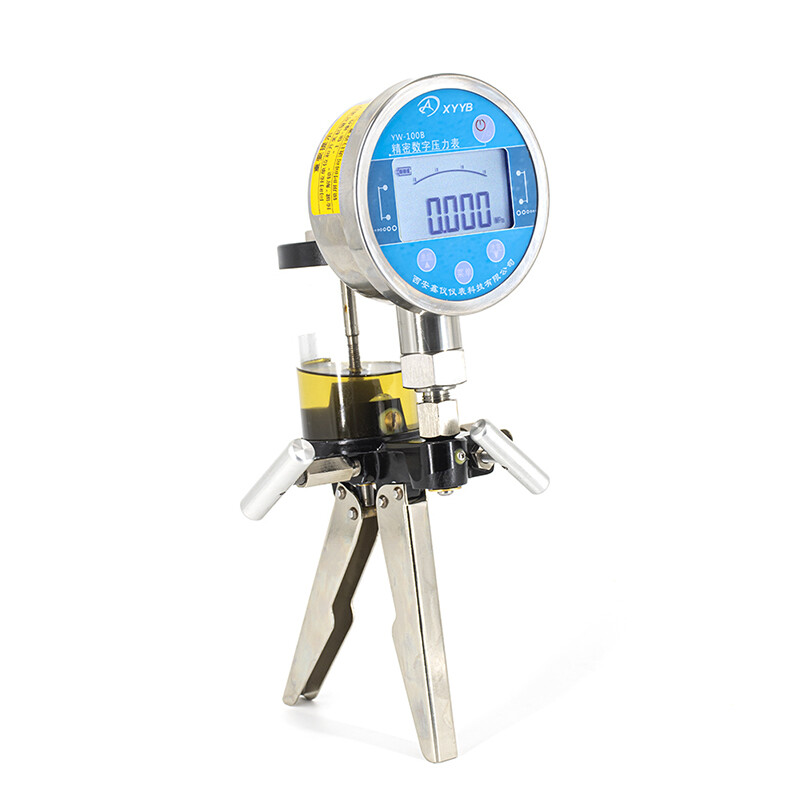Smart electromagnetic flowmeter is a speed instrument. In addition to measuring the volume flow of general conductive liquids, it can also be used to measure the volume flow of strong corrosive liquids such as strong acids and alkalis, and uniform liquid-solid two-phase suspension liquids such as mud, ore pulp, and paper pulp. Widely used in petroleum, chemical industry, metallurgy, light textile, papermaking, environmental protection, food and other industrial sectors and municipal management, water conservancy construction, river dredging and other fields of flow measurement. Common faults, some are caused by damage to the components of the instrument itself, and some are caused by improper selection, improper installation, environmental conditions, fluid characteristics and other factors, such as display fluctuations, decreased accuracy, and even instrument damage. It can generally be divided into two types: failures that occur during installation and debugging (debugging period failures) and failures that occur during normal operation (running period failures).
(1) Faults in the debugging period Debugging is expected that faults generally appear in the stage of instrument installation and debugging. Once eliminated, they will generally not reappear under the same conditions in the future. Common failures during the commissioning period are generally caused by improper installation, environmental interference, and influence of fluid characteristics.
1) In terms of installation, it is usually caused by the incorrect installation position of the smart electromagnetic flowmeter sensor. Commonly, such as installing the sensor at the highest point of the piping system where gas is easy to accumulate; or installing it on a vertical pipe from top to bottom, there may be discharge Empty; or there is no back pressure behind the sensor, and the fluid is directly discharged into the atmosphere to form a part of the measuring tube.
2) The environmental aspect is usually mainly the interference of stray current in the pipeline, the interference of strong electromagnetic waves in the space, and the interference of the magnetic field of large motors. Pipeline stray current interference usually takes a good separate grounding protection to obtain satisfactory results, but if encountering strong stray currents such as electrolytic workshop pipelines, sometimes the peak value of the AC potential induced on the two electrodes can be as high as The flow sensor is insulated from the pipe, etc. Space electromagnetic wave interference is generally introduced through signal cables, and is usually protected by single-layer or multi-layer shielding.
3) In terms of fluid, evenly distributed tiny bubbles in the measured liquid usually do not affect the normal operation of the electromagnetic flow meter, but as the bubbles increase, the output signal of the meter will fluctuate. If the bubbles are large enough to cover the entire electrode surface, As the air bubbles flow through the electrode, the electrode circuit will be momentarily disconnected, causing greater fluctuations in the output signal.
When the electromagnetic flow meters with low frequency square wave excitation measures the slurry with too much solid content, it will also generate slurry noise, which will cause the output signal to fluctuate.
When measuring mixed media, if the flow sensor is used for measurement before the mixing is not uniform, the output signal will also fluctuate.
Improper selection of the electrode material and the measured medium will also affect the normal measurement due to chemical action or polarization.
(2) Faults during the operation period Faults during the operation period are faults that occur after the intelligent electromagnetic flow meter has been debugged and operated normally for a period of time. Common faults during the operation period are generally caused by factors such as the adhesion layer on the inner wall of the flow sensor, lightning strikes, and changes in environmental conditions.
1) Adhesion layer on the inner wall of the sensor As electromagnetic flowmeters are often used to measure dirty fluids, after a period of operation, an adhesion layer will often accumulate on the inner wall of the sensor and cause failure. These failures are often caused by the conductivity of the adhesion layer being too large or too small. If the attachment is an insulating layer, the electrode circuit will be disconnected and the meter will not work normally; if the conductivity of the adhesion layer is significantly higher than that of the fluid, the electrode circuit will be short-circuited and the meter will not work normally. Therefore, the attached scaling layer in the measuring tube of the electromagnetic flowmeter should be removed in time.
2) Lightning strike Lightning strike is easy to induce high voltage and surge current in the instrument circuit, which will damage the instrument. It is mainly introduced through the power line or the excitation coil or the flow signal line between the sensor and the converter, especially from the control room power line, which accounts for the vast majority.
3) Changes in environmental conditions During commissioning, because the environmental conditions are still good (for example, there is no interference source) the flowmeter works normally, and it is often easy to ignore the installation conditions at this time (for example, the grounding is not very good). In this case, once the environmental conditions change, the operation During this period, new interference sources (such as electric welding on the pipeline near the flowmeter, large transformers installed nearby, etc.) will interfere with the normal operation of the instrument, and the output and output signals of the flowmeter will fluctuate.
Contact:

Chat Online






